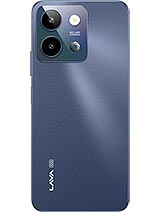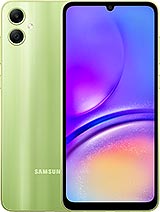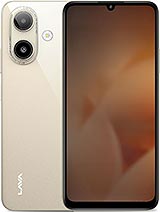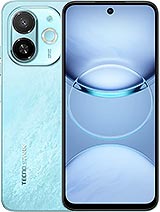Lava Yuva 5G alternatives
Tap above to see alternatives.
Redmi 13C 4G alternatives
Tap above to see alternatives.
Lava Yuva 5G
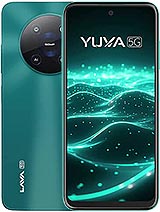
Lava Yuva 5G
-
Unisoc T750
6 nm
-
5000 mAh
18W
-
6.53"
720x1600 pixels
-
50 MP
1080p@30fps
- Specs
Redmi 13C 4G
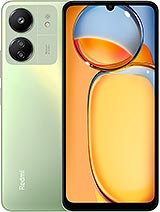
Redmi 13C 4G
-
Helio G85
12 nm
-
5000 mAh
18W
-
6.74"
720x1600 pixels
-
50 MP
1080p@30fps
- Specs
2x2.0 GHz Cortex-A76
6x1.8 GHz Cortex-A55
2x2.0 GHz Cortex-A75
6x1.8 GHz Cortex-A55
4GB 128GB (UFS 2.2)
6GB 128GB (eMMC 5.1)
8GB 128GB (eMMC 5.1)
4GB 256GB (eMMC 5.1)
8GB 256GB (eMMC 5.1)
(wide), AF
2 MP
(macro)
f/1.8, 28mm (wide), PDAF
2 MP
f/2.4, (macro)
0.08 MP
(auxiliary lens)
f/2.0
SIM1: Nano, SIM2: Nano
SIM1: Nano, SIM2: Nano
8 5G bands
n1, n3, n5, n8, n28, n40, n77, n78
In this performance comparison, the Lava Yuva 5G with its Unisoc Unisoc T750 (6nm) performs better than the Redmi 13C 4G with the Mediatek Helio G85 (12nm), thanks to superior chipset efficiency.
Redmi 13C 4G offers 2 years of OS updates, whereas Lava Yuva 5G provides 1 years. For security updates, Redmi 13C 4G offers 4 years of support compared to Lava Yuva 5G's 2 years.
Both Lava Yuva 5G and Redmi 13C 4G use LCD screens. Both smartphones offer the same 90 Hz refresh rate. Both devices deliver the same brightness level at nits. Both phones have the same screen resolution.
Both phones are equipped with the same 5000 mAh battery capacity. Both devices support the same wired charging speed of 18W.
Neither phone has an official IP rating for water and dust resistance.
¹ Scores can vary even with the same chipset due to RAM, thermals, and software optimization.


